Real0ne
Posts: 21189
Joined: 10/25/2004
Status: offline

|
quote:
ORIGINAL: Anaxagoras
quote:
ORIGINAL: Real0ne
If you think the earth is not a wire then hold onto one of the hot sides of your 220 volt outlet while standing on the ground barefoot.
Then if you have any friends have them film it for us so we can all watch you go up in smoke. LMAO
The earth isn't a wire. I suggest you familiarise yourself with the word http://www.thefreedictionary.com/wire which in this context is:
quote:
1. A usually pliable metallic strand or rod made in many lengths and diameters, sometimes clad and often electrically insulated, used chiefly for structural support or to conduct electricity.
The fact that electricity goes to earth does not automatically make it an excellent conductor. It is merely the effects of potential difference, with the near-zero potential of earth being an excellent sink for excess energy, which is why it is used for the mains.
quote:
the ground is not a wire, with the implication its non-conductive, where do you people dig that incredible nonsense up from anyway.
No one said it is non-conductive. Some patches may be OK depending on the materials present in the earth but overall it is a regarded as a poor conductor.
quote:
no one is arguing that an electromagnetic wave is NOT predominately transverse. Tesla testified in court that he is working with predominately longitudinal waves.
A scientist saying something inside or outside a court cannot be regarded as proof when he is making a claim that goes against well established scientific understanding.
quote:
so are you claiming that this wave does not exist?
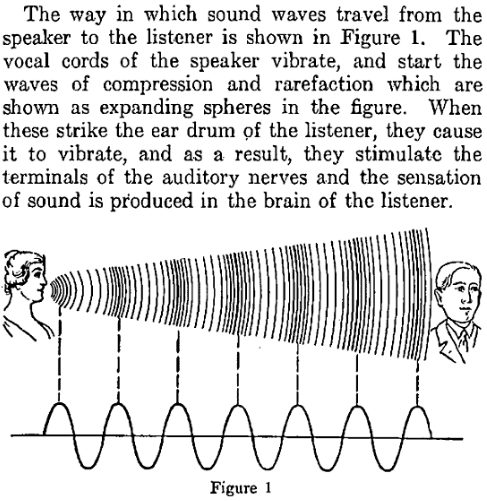
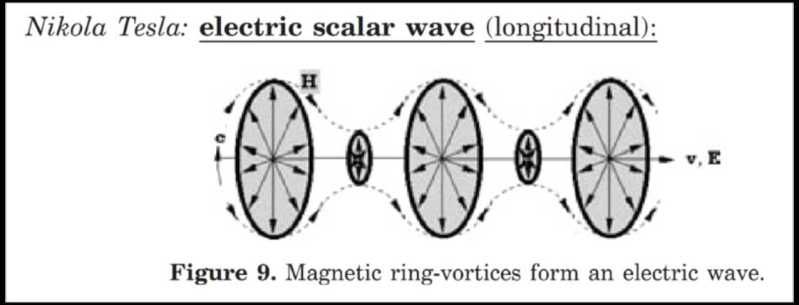
This is a strawman where you mix the very different wave types together. I already drew a clear distinction between sound waves and electromagnetic waves. Sound waves are mechanical waves. They are longitudinal. Electromagnetic waves are very different http://www.physicsclassroom.com/mmedia/waves/em.cfm in their nature. They have not been shown to ever be longitudinal in free space, despite all of Meyl's efforts, and established theory precludes them. Thus it is fair to strongly doubt the existence of Tesla's scalar wave.
Who was Nikola Tesla?
In 1896, at the Franklin Institute in Philadelphia, Lord Kelvin said, "Tesla has contributed more to electrical science than any man up to his time." After showering words of praise upon the inventor before a meeting of the Royal Society in London in 1892, Lord Rayleigh declared that Tesla possessed a great gift for electrical discovery. Fortunately, the text of Tesla's speech has been preserved and republished.1,2,3 He was one of the earliest scientists to understand the distinction between lumped and distributed resonance and the first to patent voltage magnification by standing waves.
The unit of magnetic induction is named in honor of Tesla. It is commonly understood by power engineers that he was the inventor of the induction motor utilizing the rotating magnetic field and the AC polyphase power distribution system currently used throughout the civilized world.* However, most electrical engineers are unaware that, as late as 1943, he (not Marconi**) was recognized by the U.S. Supreme Court as having priority in the invention of "radio." Even fewer computer scientists are aware that, when certain computer manufacturers attempted to patent digital logic gates after World War II, the U.S. Patent Office asserted Tesla's turn-of-the-century priority in the electrical implementation of logic gates for secure communications, control systems, and robotics. As a result, a monopoly on digital logic gates in general was unable to be secured in the 1950s.
Although it took the courts several decades to figure this out, the facts were well understood by impartial technical men of the day. Robert H. Marriott, the first president of the IRE, once said that Marconi had ". . . played the part of a demonstrator and sales engineer. A money getting company was formed, which in attempting to obtain a monopoly, set out to advertise to everybody that Marconi was the inventor and that they owned that patent on wireless which entitled them to a monopoly." [Radio Broadcast, December, 1925 (Vol. 8, No. 2), pp. 159-162.]
Tesla invented radio not baloney.
Tesla served the electrical engineering profession in its highest offices. In the early 1890s, he was elected as vice-president of the American Institute of Electrical Engineers, now the Institute of Electrical and Electronics Engineers. At the time of his election, Alexander Graham Bell was its president. Tesla served two years as vice-president of the AIEE and, a decade later, one of his laboratory technicians at the Colorado Springs experiments served as the first vice-president of the Institute of Radio Engineers when it was formed in 1903. This was the now, famous consulting engineer Fritz Lowenstein. Lowenstein was the inventor of the grid biased Class A amplifier (for which he received the sum of $150,000 from AT&T in 1918),4 the shaped plate capacitor, and other electrical and mechanical devices. His two IRE papers, with comments on the propagation of ground waves by Zenneck and sky waves by Austin, appeared in February and June issues of the IRE Proceedings, the year of this interview. It should also be noted that Tesla was a fellow of the AIEE, the American Association for the Advancement of Science, and a dozen other professional societies. He received over 13 honorary degrees from such diverse institutions as Columbia, Yale, and the Universities of Paris, Vienna, Prague, and Sofia.
Recently, another fascinating fact about Tesla has come to light. After all these years, it is now known that he was nominated for an undivided Nobel prize in physics in 1937.5 Tesla's nominator, Felix Ehernhaft, of Vienna, had previously nominated Albert Einstein for the Nobel prize.
Tesla had the remarkable talent of charming and astonishing his admirers while at the same time enraging his enemies—the phenomenon continues to the present day. It is unfortunate that, despite several current popular biographies, there still exists no definitive technical authority, other than his own scattered publications, to consult on the scientific issues of his intriguing and colorful scientific career. Consider the adulation bestowed upon him by Lord Kelvin, Hermann von Helmholtz, Sir William Crookes, Lord Rayleigh, Sir James Dewer, Robert Millikan, Sir James Fleming, B.A. Behrend, A.E. Kennally, L.W. Austin, W.H. Bragg, Ferdinand Braun, Jonathan Zenneck, E.W.E Alexanderson, J.S. Stone, Vannevar Bush, W.H. Eccles, Edwin H. Armstrong (who served as a pallbearer at Tesla's funeral, as did Alexanderson), and notably Albert Einstein, Ernest Rutherford, Arthur Compton, and Neils Bohr. There are a number of Nobel laureates, Royal Society fellows, IEEE presidents and fellows, and university presidents in that collection. No one, since Franklin, had so stirred the scientific and engineering world.
of course thats nothing compared to YOUR CREDENTIALS, after all he didnt deal out red herrings and double think all day so he is a misfit in MODERN society!
In 1893, Thomas Commerford Martin, the third president of the AIEE (1888-1889), edited and published a remarkable collection of Tesla's contemporary lectures. It is in print today, and a century from now it will still be considered an unparalleled classic in scientific literature to be read along with Franklin's letters, Priestly's history, Faraday's researches in electricity, Maxwell's treatise, Hertz's electric waves, and Heaviside's electrical papers. In 1919, 26 years after publishing the work on Tesla, Martin wrote,
"Tesla's influence may truly be said to have marked an epoch in the progress of electrical science. Very little data, however, has been procurable that is descriptive of his later researches, and more is the pity from the historical standpoint. Tesla has not finished. The world waits expectantly for each fresh touch of his vitalizing thought upon the big electrical problem of the age." 6
Unlike most of the aforementioned scientists, Dr. Tesla—for so it is appropriate to call him—had no financial support to fall back on from a faculty position or research institute. His ideas had to support themselves and him in the technical marketplace. It is not surprising, therefore, that he felt no compulsion to share further technical details in the open scientific literature of his day. For these you must dig (and dig, and dig) through the patent literature, where only enough is disclosed to make it clear to one "skilled in the art.
Readers will also be struck with Tesla's lighter side. His sense of humor and his quick wit shine through when he describes his 1893 RF demonstration before the public at the Sixteenth Convention of the National Electric Light Association in St. Louis, where he was distinguished as honorary member: "There was a stampede in the two upper galleries and they all rushed out. They thought it was some part of the devil's work." (p. 87) His humor is also evident in his description of the influence that his demonstrations had upon the Royal Institution in London in 1892: "The scientists simply did not know where they were when they saw it." (p. 95)
and of course it does not matter, hell it didnt even cross your mind that there are HORN ANTENNAS

that out of some mysterious wierdness just happen
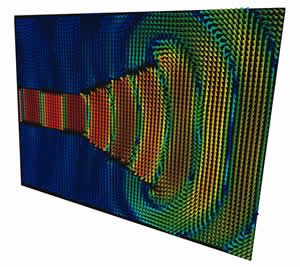
to propagate precisely the same way as
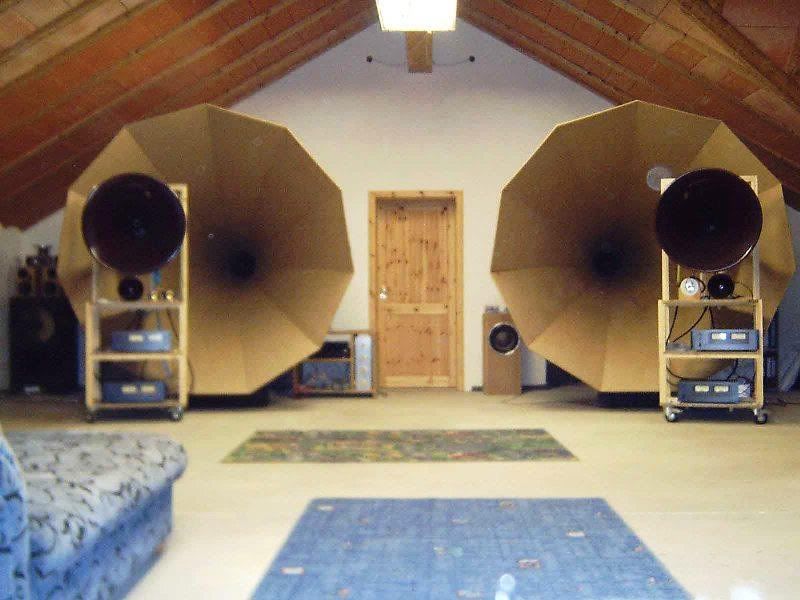 
horns used on a damn stereo.
you make me laugh though.
< Message edited by Real0ne -- 6/20/2012 4:31:05 PM >
_____________________________
"We the Borg" of the us imperialists....resistance is futile
Democracy; The 'People' voted on 'which' amendment?
Yesterdays tinfoil is today's reality!
"No man's life, liberty, or property is safe while the legislature is in session
|


 Profile
Profile


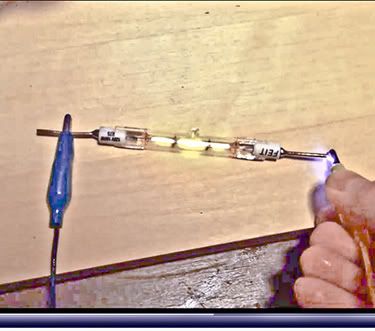
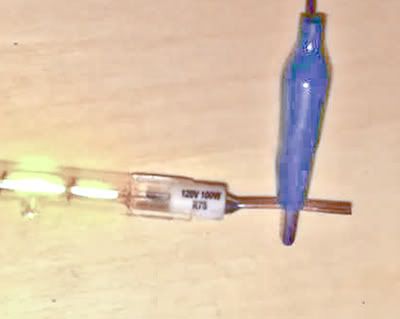
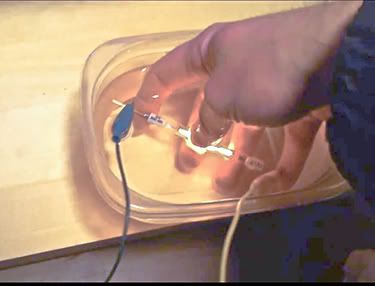









 LMAO
LMAO 

 New Messages
New Messages No New Messages
No New Messages Hot Topic w/ New Messages
Hot Topic w/ New Messages Hot Topic w/o New Messages
Hot Topic w/o New Messages Locked w/ New Messages
Locked w/ New Messages Locked w/o New Messages
Locked w/o New Messages Post New Thread
Post New Thread